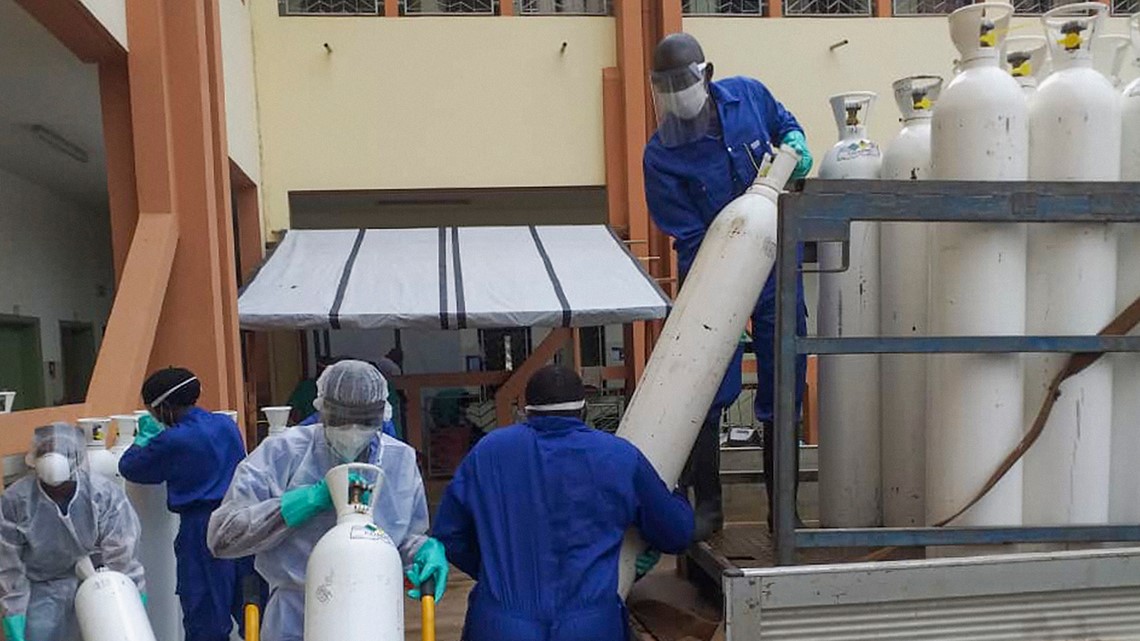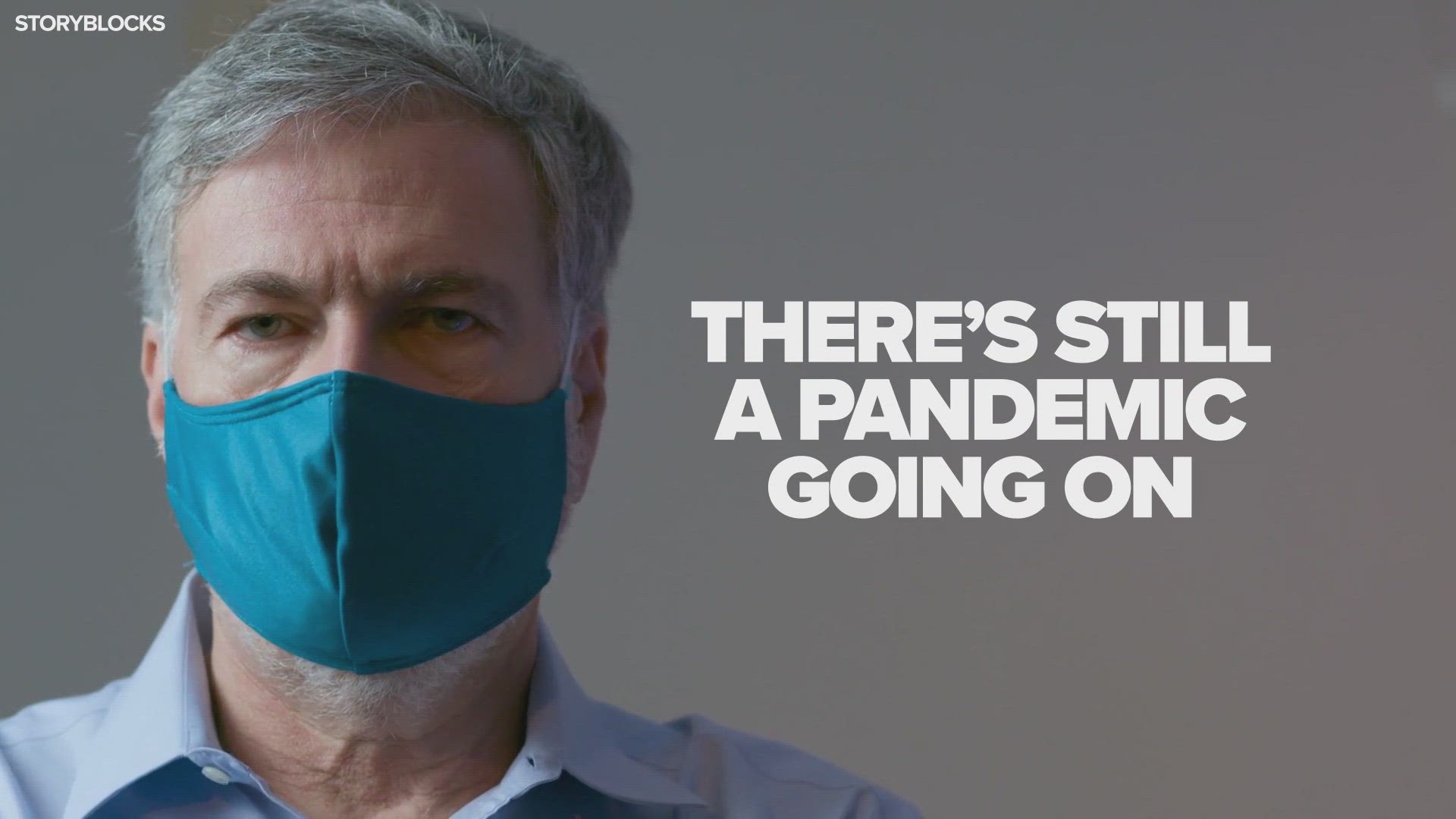CONAKRY, Guinea — Guinea’s best hope for coronavirus patients lies inside a neglected yellow shed on the grounds of its main hospital: an oxygen plant that has never been turned on.
The plant was part of a hospital renovation funded by international donors responding to the Ebola crisis in West Africa a few years ago. But the foreign technicians and supplies needed to complete the job can’t get in under Guinea’s coronavirus lockdowns — even though dozens of Chinese technicians came in on a charter flight last month to work at the country’s lucrative mines. Unlike many of Guinea’s public hospitals, the mines have a steady supply of oxygen.
As the coronavirus spreads, soaring demand for oxygen is bringing out a stark global truth: Even the right to breathe depends on money. In much of the world, oxygen is expensive and hard to get — a basic marker of inequality both between and within countries.
In wealthy Europe and North America, hospitals treat oxygen as a fundamental need, much like water or electricity. It is delivered in liquid form by a tanker truck and piped directly to the beds of coronavirus patients. Running short is all but unthinkable for a resource that literally can be pulled from the air.
In Spain, as coronavirus deaths climbed, engineers laid 7 kilometers (4 miles) of tubing in less than a week to give 1,500 beds in an impromptu hospital a direct supply of pure oxygen. Oxygen is also plentiful and brings the most profits in industrial use such as mining, aerospace, electronics and construction.
But in poor countries, from Peru to Bangladesh, it is in a lethally short supply.



